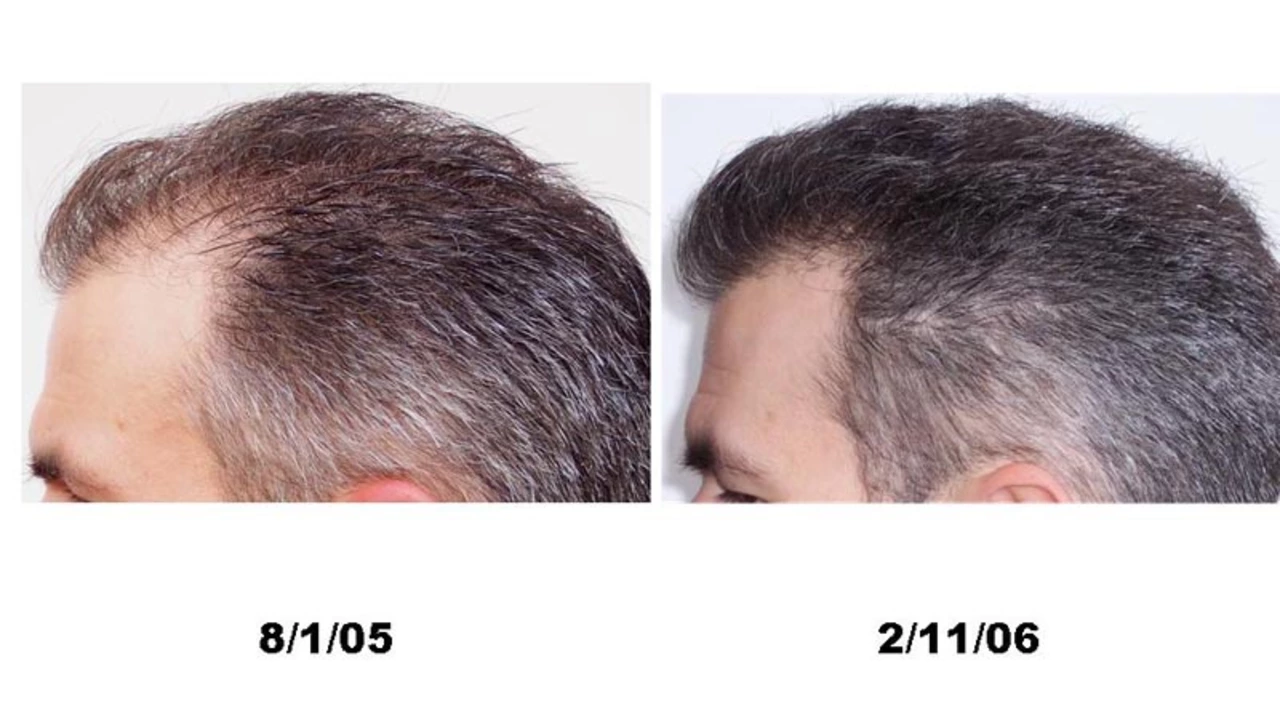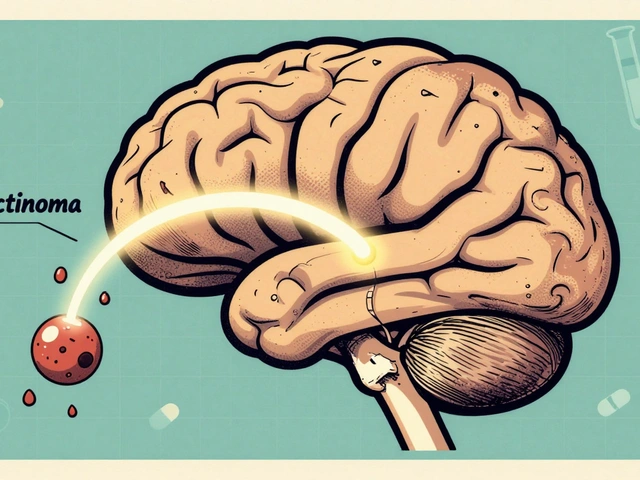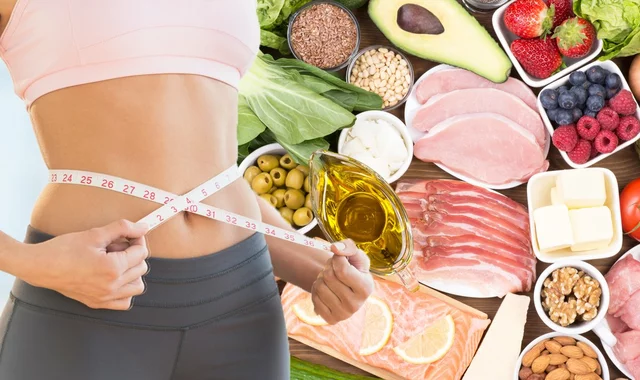The Science Behind Minoxidilfinasteride: How It Works to Combat Hair Loss
Understanding Hair Loss
The first step to understanding how Minoxidil and Finasteride work is to understand what causes hair loss. Most commonly, hair loss is a result of genetics and hormones. The hormone dihydrotestosterone (DHT) can cause hair follicles to shrink, resulting in thinner, shorter hairs and eventually, baldness. Other factors like stress, diet, general health, and even certain medications can contribute to hair loss too. Understanding these factors will help us appreciate the science behind these two medications.
Introduction to Minoxidil and Finasteride
Minoxidil and Finasteride are two FDA-approved medications for the treatment of hair loss. Minoxidil, initially developed as a high blood pressure medication, was found to have a side effect of hair growth. Finasteride, on the other hand, was developed to treat prostate conditions, and it was also noticed to have a similar effect on hair growth. Both drugs are now widely used to slow down or even reverse hair loss.
How Minoxidil Works
Minoxidil works by increasing the supply of blood and nutrients to the hair follicles, promoting their growth and strengthening existing hair. Although the exact process isn't fully understood, it's believed that Minoxidil dilates the blood vessels around the hair follicles, thereby increasing nutrient delivery and encouraging hair growth. However, it's important to note that Minoxidil doesn't directly affect DHT, the hormone responsible for hair loss. Instead, it works by creating an optimal environment for hair to grow.
How Finasteride Works
Unlike Minoxidil, Finasteride works by directly blocking the production of DHT. It inhibits the enzyme 5-alpha reductase, which is responsible for converting testosterone into DHT. By reducing the levels of DHT, Finasteride slows down the process of hair follicle miniaturization and, in turn, hair loss. Over time, this medication can not only slow down the progression of hair loss but also help regrow hair in some men.
Combining Minoxidil and Finasteride
Since these two medications work in different ways to combat hair loss, they can be used together for a more comprehensive approach. While Finasteride targets the hormonal cause of hair loss, Minoxidil works to improve the overall condition of the scalp and promote hair growth. Using both together could potentially offer better results than using either one alone. However, before starting any new medication, it's important to consult with a healthcare professional to discuss potential risks and benefits.
Side Effects and Considerations
Like any medication, both Minoxidil and Finasteride have potential side effects. Minoxidil can cause scalp irritation, while Finasteride could lead to sexual side effects in some men. Additionally, both medications need to be used consistently to maintain results. If treatment is stopped, hair loss may resume. Therefore, it's crucial to consider these factors and have a discussion with a healthcare provider before deciding on a treatment plan.
The Future of Hair Loss Treatments
While Minoxidil and Finasteride have shown to be effective treatments for hair loss, research continues to explore more options. From topical solutions to oral medications, laser treatments, and even hair transplantation, the future of hair loss treatments is promising. It's crucial to remember that everyone's experience with hair loss is unique, so what works for one person might not work for another. Therefore, it's always best to consult with a healthcare professional to find the treatment that will work best for you.





5 Comments
Samantha Vondrum
July 16 2023Understanding the mechanisms behind Minoxidil and Finasteride requires a multidisciplinary perspective that encompasses pharmacology, endocrinology, and dermatology.
The active ingredient Minoxidil, originally introduced as an antihypertensive vasodilator, exerts its dermatologic effects primarily through the augmentation of microcirculatory perfusion to the follicular unit.
By dilating arterioles and enhancing the delivery of oxygen and nutrients, Minoxidil creates a biologically favorable milieu for keratinocyte proliferation.
It is noteworthy that Minoxidil does not directly antagonize dihydrotestosterone (DHT), the androgenic hormone implicated in follicular miniaturization.
Conversely, Finasteride functions as a selective inhibitor of type II 5‑alpha‑reductase, thereby attenuating the conversion of testosterone to DHT.
The resultant reduction in DHT concentrations alleviates the androgenic assault on susceptible scalp regions.
Clinical trials have demonstrated that the synergistic application of both agents can yield additive benefits, provided patient adherence is maintained.
From an inclusive standpoint, it is essential to recognize that therapeutic outcomes may vary across diverse ethnic backgrounds due to genetic polymorphisms affecting drug metabolism.
Consequently, clinicians should tailor treatment regimens with cultural competence and sensitivity.
Side‑effect profiles must also be communicated transparently; Minoxidil may induce localized erythema, while Finasteride has been associated with rare sexual dysfunction in a subset of patients.
Patients are encouraged to report any adverse events promptly to their healthcare provider.
Moreover, the discontinuation of therapy often precipitates a reversal of gains, underscoring the chronic nature of androgenetic alopecia.
Emerging research initiatives are investigating novel delivery systems, such as liposomal encapsulation, to enhance drug bioavailability.
In parallel, explorations into adjunctive modalities-including low‑level laser therapy and platelet‑rich plasma-continue to expand the therapeutic armamentarium.
Ultimately, an evidence‑based, patient‑centered approach, complemented by ongoing scholarly discourse, will empower individuals to make informed decisions regarding hair‑loss management 😊.
Kelvin Egbuzie
July 16 2023It's fascinating how the medical establishment conveniently hides the real truth about hair‑loss solutions.
The joint promotion of Minoxidil and Finasteride is a textbook example of market‑driven collusion, ensuring consumers stay dependent on pricey prescriptions.
Meanwhile, they suppress any mention of natural alternatives that could undermine their profit margins :)
Don't be surprised if future studies claim miraculous results while the fine print mentions an endless supply of monthly refills.
Stay skeptical and keep questioning the narratives fed to us by big pharma.
Katherine Collins
July 16 2023I guess it works, but eyy it’s sooo pricey :P
Taylor Nation
July 16 2023Stick to a routine and you’ll see steady progress over time.
Consistency beats occasional over‑dosing any day, so set a reminder and keep it simple.
If you experience mild irritation, consider rotating with a gentler formulation or adding a soothing scalp serum.
Remember, the goal isn’t instant miracles but sustainable growth.
Stay motivated and share your milestones; community support can make the journey more enjoyable.
Keep the momentum going, and the results will follow.
Nathan S. Han
July 16 2023The narrative surrounding hair‑loss treatment deserves a dramatic yet precise exposition.
While Minoxidil and Finasteride each target distinct physiological pathways, their combined application epitomizes a synergistic strategy.
The vasodilatory action of Minoxidil amplifies nutrient delivery, whereas Finasteride curtails the androgenic cascade responsible for follicular miniaturization.
Clinical evidence consistently underscores the importance of adherence, as discontinuation precipitates rapid regression.
Moreover, cultural sensitivity must inform prescribing practices, recognizing genetic variance in drug metabolism across populations.
Advancements such as nanocarrier‑mediated delivery hold promise for enhancing efficacy while minimizing adverse effects.
As research evolves, clinicians should remain vigilant, integrating emerging data into personalized treatment plans.
Ultimately, an informed patient‑provider partnership paves the way for optimal outcomes.